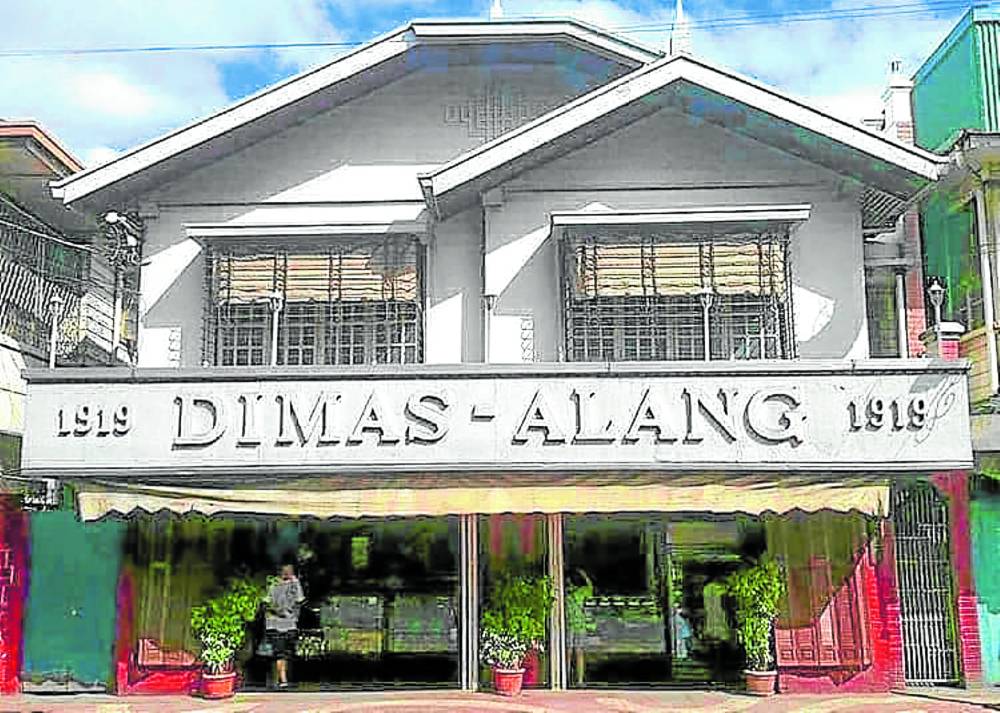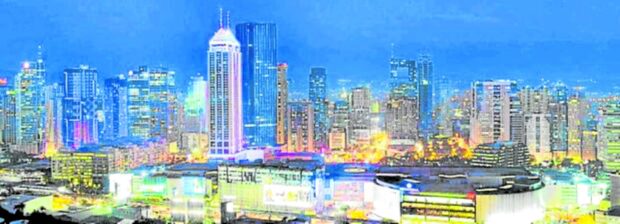Pasig City in focus
Pasig City, one of the oldest towns in the Philippines, has a rich and prosperous history.
The name “Pasig” is an old Sanskrit word referring to a “river flowing from one body of water to another,” according to the late Dr. Jose Villa Panganiban, a linguist, polyglot, professor, and former director of the Institute of National Language.
It was in 1572 when the Augustinians established Pasig. In 1901, it became part of Rizal Province through Act No. 137 of the Philippine Commission. In 1975, Pasig was carved out of Rizal to be part of Metro Manila and on Jan. 21, 1995, a plebiscite ratified Republic Act No. 7829 which converted Pasig into a highly urbanized city.
Turning point
In the 1980s, the establishment of Ortigas Center Association, a non-stock, non-profit organization for the advancement of Ortigas Center as a premier business district in the country, was a turning point in the modern transformation of Pasig City.

Today, this riverside community has become a highly urbanized business district that is host to several multinational corporations, large-scale commercial centers, and other important institutions.
Today, this riverside community has become a highly urbanized business district that is host to several multinational corporations, large-scale commercial centers, and other important institutions.
Ortigas Center, in particular, is a thriving area in Pasig that houses corporate offices, business process outsourcing companies, start-up companies, residential towers and entertainment hubs. Among those that have established their headquarters in Ortigas Center are San Miguel Corp., Manila Electric Co., Jollibee Foods Corp. and Asian Development Bank. Also located here are the University of Asia and the Pacific, the head office of the Integrated Bar of the Philippines.
Adjacent to the central business district is Ortigas East, located along the stretch of E. Rodriguez Jr. Avenue, also known as C-5 Road. This estate offers its own unique blend of residential, office, and retail structures in a well-designed development.
Competitiveness
Last year, Pasig City ranked 11th among 33 highly urbanized cities in the 2022 Cities and Municipalities Competitiveness Index of the National Competitiveness Council. It ranked sixth on economic dynamism pillar, ninth on government efficiency and 11th on infrastructure.
The city has also been recognized for its sustainable transport program and serves as a model of a liveable city.
At the height of the pandemic in 2020, Pasig declared biking as an essential mode of transportation and initiated projects that promote sustainable transport such as bike lanes and expanded sidewalks. Its bike lane projects received recognition during the National Bike Day Awards in 2022, which recognized local government units that demonstrated outstanding initiative in promoting active transportation.
Improved connectivity
Another advantage is the fact that Pasig easily links to the rest of the metro, thanks to its access to major thoroughfares like Edsa and C-5, as well as the 1.48-km Bonifacio Global City (BGC)-Ortigas Center Road, which reduced the travel time between the two commercial districts. Pasig is also seen to benefit from the P393-billion Metro Manila Subway project.
Amid its age and historical character, Pasig has indeed managed to keep up with the needs of the times, making it one of Metro Manila’s most diverse and progressive cities.
Source: Inquirer Archives, pasigcity.gov.ph, ncr.dilg.gov.ph, acp.iclei.org, dpwh.gov.ph, cmci.dti.gov.ph








